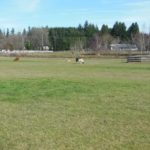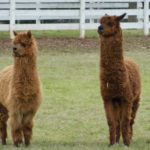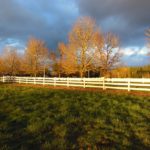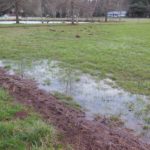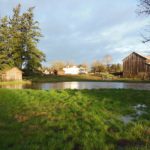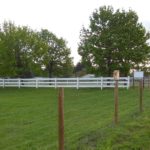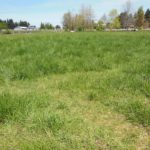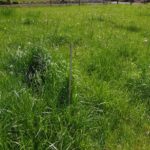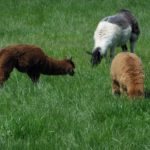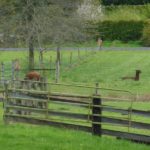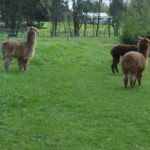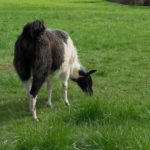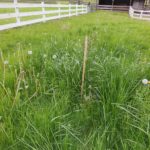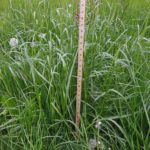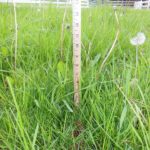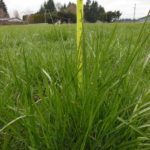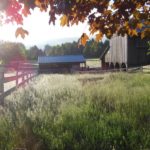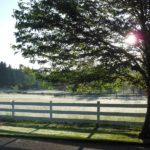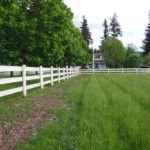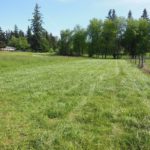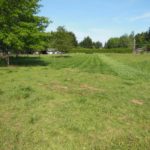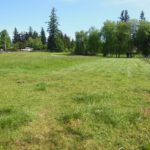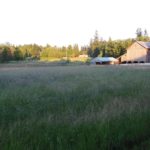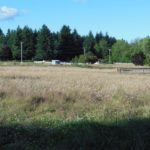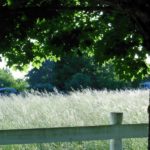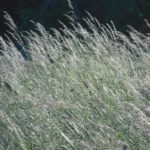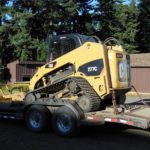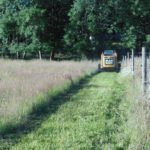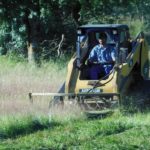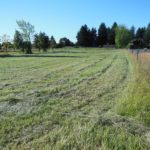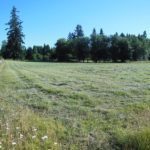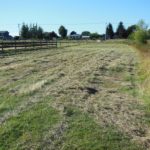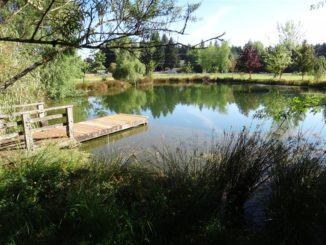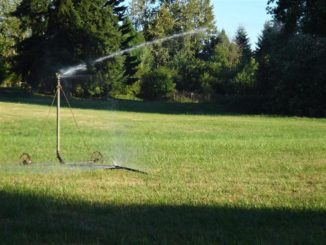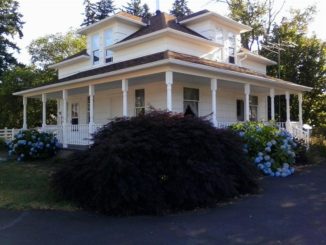
“Why aren’t you haying the fields?”
That’s a question we’ve heard countless times this summer. The answer is both complicated and simple.
It’s our one-year anniversary at the farm!
We’ve only been stewards of this amazing property for one year. That’s barely enough time to figure out where things like circuit breakers and outdoor faucets are!
It’s our first season of watching how the fields respond to drought, rainfall, and grazing pressure. And there are more variables to consider, like the lime and fertilizer we’ve applied and the amount of water we’ve applied to some fields.
Nutrients have been exported
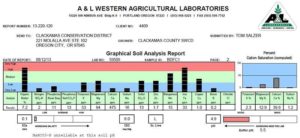
We know that soil fertility is low. This can happen when nutrients are exported from the fields each year. Haying the fields removes the nutrients from the fields instead of letting those nutrients return to feed the soil.
Green plants are like little solar energy factories, taking in water, carbon dioxide, and some basic nutrients, then using the sun’s energy to convert these resources into more plant material. The carbon, carbohydrates, nutrients, and fiber in these plants can benefit soil health if left to decompose. Or they can be packaged up into bales, loaded onto a trailer, and hauled away.
Of course, that’s what hay production is all about: produce feed that can be easily transported and stored for later use. In our case, we need to put some nutrients back into the soil to improve long-term soil health and productivity.
We are feeding the soil
So what is the simple answer? This year, we are feeding the soil by mowing the fields and leaving the grass to rot, returning the components needed for healthy, fertile soil instead of exporting them. Why? Because healthy, fertile soil will give us the most flexibility in growing various crops. Healthy soil also supports a rich spectrum of life, and those small creatures feed bigger creatures.
We limed the fields last fall to begin adjusting soil pH to a range where grasses can better use the nutrients in the soil. We also aerated two of the three fields to reduce soil compaction. This spring, we limed again, and also applied a moderate amount of fertilizer.

Two fields (West Field and Ferguson Field) responded well to this treatment, but the one in the middle (Center Field) was very slow to get good top growth. Even when it finally took off, the height of the plants was less than in the other two fields.
That was unexpected, because Center Field is where the llamas and alpacas have most often grazed. One would expect the nutrients they consumed and then left behind on the field would have resulted in strong growth. However, these animals don’t distribute nutrients evenly around the field, so we have areas of luxuriant growth surrounded by nutrient-deprived grasses (a few photos from the Center Field stud pen show this difference in grass growth). Having animals on wet fields can compact the soil, and compacted soil can negatively impact plant growth. Also, late spring grazing on Center Field may have suppressed grass growth (compared to the ungrazed grasses in the other fields) as the animals kept mowing the sweet, juicy young stems back.
Mowing simulates grazing
So here’s what we are doing this year: we’re mowing the fields and letting the grass rot to feed the soil. Mowing the grass is a substitute for grazing the fields. When grazing is well managed, plant growth is stimulated and nutrients are returned to the field.
One of the conditions we frequently see where horses and livestock are grazed is the grass is grazed too close to the ground. This can cause the growing point in the grass plants to be cut off, slows future grass growth, and reduces the vigor of the plants. We recommend leaving several inches of grass so the pasture can recover more quickly. Leaving more grass also helps shade out weeds, compared to exposing the soil surface by grazing down to the base of the grass plants.
We mowed Pond Field and Ferguson Field in May 2014. When we mowed all the fields in July 2014, those two fields came out looking better than the fields we had not mowed in May. In the previously mowed fields, the top growth was lower and more uniform, so when the grasses were cut a second time, they were more easily chopped up and thus tended to not leave as much dead material piled on top of the field. In comparison, the fields that had not been mowed in May ended up with tall, mature grass that was hard to chop up with the mower, leaving a substantial amount of dead material laying on top of grass plants.
Next year, we’ll take a careful look at how the grasses in Pond and Ferguson fields grow compared to West and Center fields.
Irrigation
West Field is outside our irrigation water right, so it won’t be irrigated this year. Center Field will be the focus of our irrigation this season to help it recover from being the focus of grazing in the recent past. Ferguson Field will not be irrigated this year unless late summer heat creates a fire hazard.
Longer term, we are discussing options for replacing the old irrigation pump that has a noisy bearing and upgrading the distribution system. The current pump doesn’t produce enough volume or pressure to give us the ability to demonstrate different irrigation methods, so we’re talking about the possibility of installing a small variable frequency drive pump.
Photos
We’ve collected photos taken over the last several months to show the progression of grass growth. The fields were only a few inches tall in mid-winter but became quite tall by May and June.

